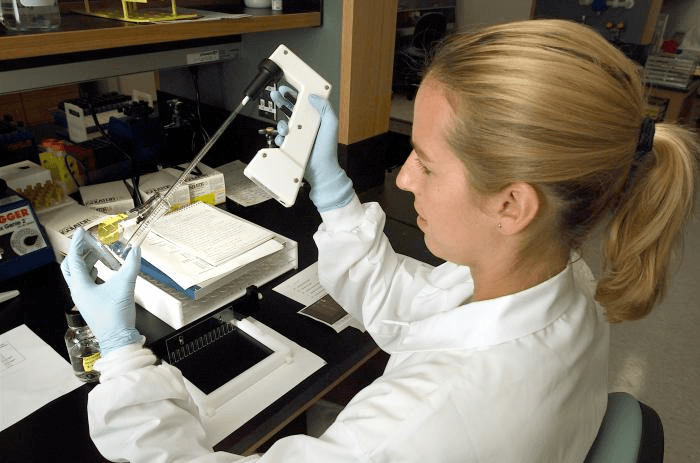2013: 75 Years of the Division of Analytical Chemistry of the American Chemical Society
The Division of Analytical Chemistry celebrated

The Division of Analytical Chemistry celebrated its 75th anniversary of its founding in 1938. We celebrate the continuing high importance of our discipline for all aspects of chemical science and for its applications in so many aspects of everyday life. We especially celebrate the accomplishments of our fellow analytical chemists through the years, and the impact we have had on the profession. This article is a short history of the Division within the context of the parallel development of our profession and our science.
This history of the Division builds on the writings of several of our members over the years, particularly for the 10th and 50th anniversaries.
ANALYTICAL CHEMISTS AND THE EARLY YEARS OF THE ACS
Analytical chemists have been an influential element in the American Chemical Society from its beginning in 1876. Many of the early Presidents of the ACS were active in the field, including the first three: John W. Draper (1876), J. Lawrence Smith (1877) and Samuel W. Johnson (1878). The 1890s were a critical decade for the ACS, and analytical chemists were largely responsible for first, the survival, and then, the growth of the society. The ACS had been established in New York and was largely made up of chemists living in the area surrounding the city. Because of this geographical limitation the ACS membership fell from its initial 192 to 167 in 1889, despite the increasing national number of chemists in academic, commercial, and government institutions. In 1889 analytical chemists Frank Clarke, Harvey W. Wiley, and Charles Monroe initiated plans for a national chemical society, which developed into a formal call for a “Federation or Association of American Chemists” in August 1891. The new federation came into being in 1892, taking the name American Chemical Society and incorporating the existing “ACS” as the New York Section of the new organization. Harvey Wiley was elected at the end of 1892 as the first President of the new ACS (he was reelected for 1894). As an example of the prominence of analytical chemistry in the ACS during this decade, Charles B. Dudley (President, 1896 and 1897) gave these two presidential addresses: “Some present possibilities in the analysis of iron and steel” and “The dignity of analytical work”
Another significant development in this period was the initiation by analytical chemist Edward Hart in 1887 of the Journal of Analytical Chemistry. The journal was quite successful, and in 1893 Hart was invited to take over publication of the Journal of the American Chemical Society, which was doing poorly. Hart merged the two under the JACS name and created the policies that made it a permanent success. Analytical chemists continued to be a major influence on the ACS in the early years of the 20th century. The discipline was important to industry and essential for many government agencies. William F. Hillebrand of the U.S. Bureau of Standards was heavily involved in the ACS during this period. He was concerned that industrial chemists were not encouraged to be active in the ACS. To help retain this large community (with many analytical chemists in it) he initiated the Journal of Industrial and Engineering Chemistry during his term as President of the ACS. Harvey Wiley was instrumental in passage of the Pure Food and Drug Act in 1906 as head of the Bureau of Chemistry in the U.S. Department of Agriculture, which eventually became today’s Food and Drug Administration. Finally, analytical chemist Theodore W. Richards was both President of the ACS and first American recipient of the Nobel Prize in Chemistry in 1914.

Another significant development in this period was the initiation by analytical chemist Edward Hart in 1887 of the Journal of Analytical Chemistry. The journal was quite successful, and in 1893 Hart was invited to take over publication of the Journal of the American Chemical Society, which was doing poorly. Hart merged the two under the JACS name and created the policies that made it a permanent success. Analytical chemists continued to be a major influence on the ACS in the early years of the 20th century. The discipline was important to industry and essential for many government agencies. William F. Hillebrand of the U.S. Bureau of Standards was heavily involved in the ACS during this period. He was concerned that industrial chemists were not encouraged to be active in the ACS. To help retain this large community (with many analytical chemists in it) he initiated the Journal of Industrial and Engineering Chemistry during his term as President of the ACS. Harvey Wiley was instrumental in the passage of the Pure Food and Drug Act in 1906 as head of the Bureau of Chemistry in the U.S. Department of Agriculture, which eventually became today’s Food and Drug Administration. Finally, analytical chemist Theodore W. Richards was both President of the ACS and first American recipient of the Nobel Prize in Chemistry in 1914.
